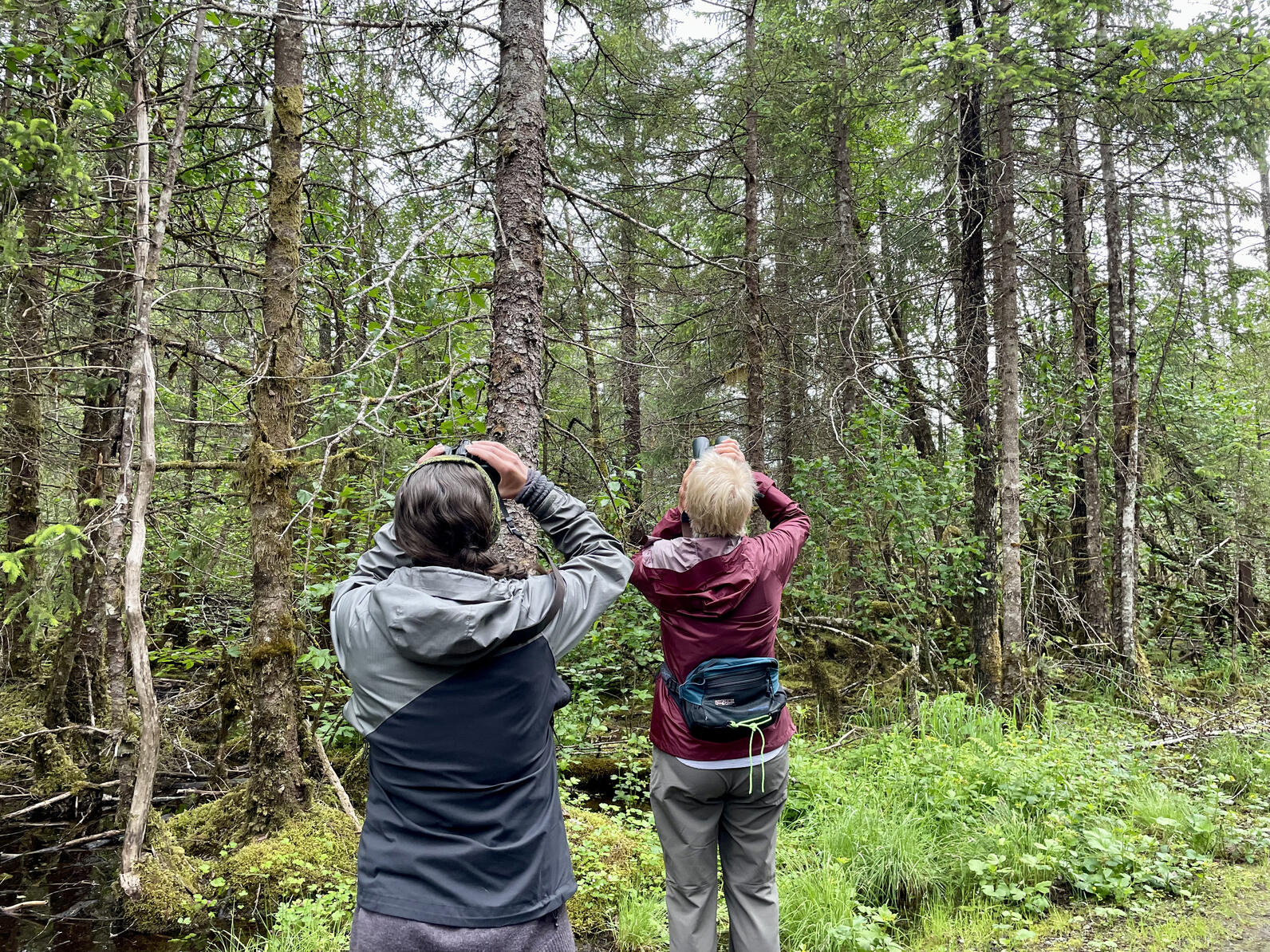Over the past year, Audubon has crafted an exciting new five-year strategic plan. The aptly named Flight Plan focuses on three core strategic drivers: (1) a hemispheric approach to bird conservation, (2) finding climate crisis solutions, and (3) ensuring all people feel included and empowered in the movement to protect birds. Audubon Alaska is well-positioned to advance these efforts. Here’s how.
As I write this, our teammate River Gates is on the ground in the Teshekpuk Lake Special Area, a globally unique wetlands complex and one of the most important places in the world for birds. River and our partners will outfit eight American Golden- Plovers with GPS devices to track their awe-inspiring migration to South America. The information gathered will not only contribute to a greater scientific understanding of their migration, but will also allow us to tell stories connecting people, cultures, and places to the fragile and endangered Western Arctic.

Our efforts will also increasingly look at how we might change systems across the hemisphere for a bird-friendly and climate-smart future. Tory Elmore’s creation of the Southeast Alaska Birding Trail app exemplifies this. Birding trails offer a new model for how economic systems can build around the ecological health and functionality of bioregions. We hope Tory’s app will help drive regenerative tourism and inspire others to think about how nature can be the foundation of sustainable development practices.
Over the coming months, we’ll be working with partners and Audubon colleagues from across the hemisphere to further operationalize the Flight Plan. With the com- pounding challenges of climate change and biodiversity loss, it’s never been more important to deliver for nature and people.





